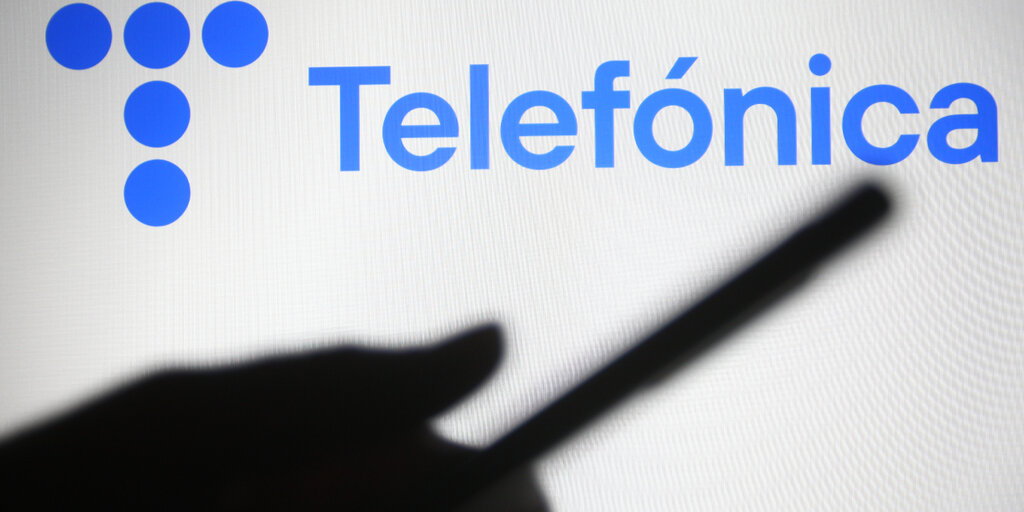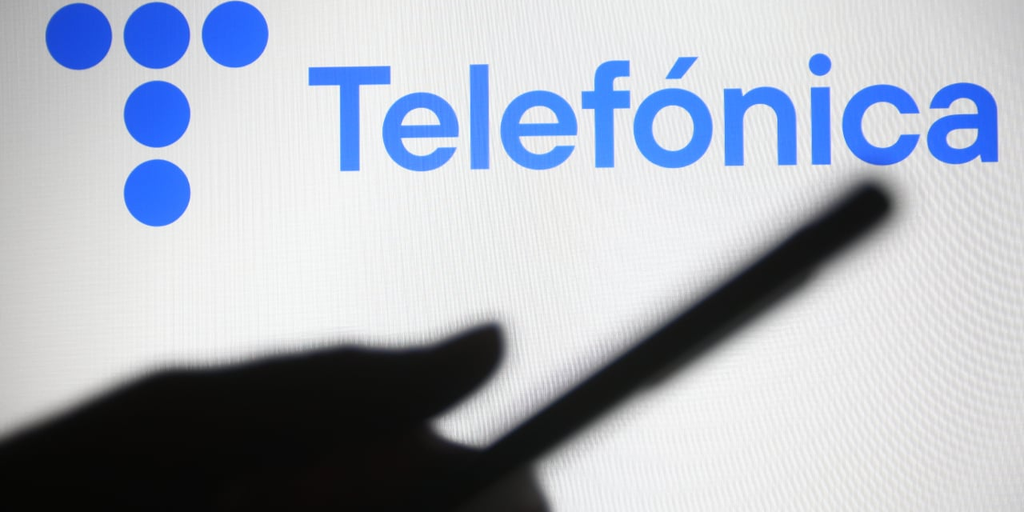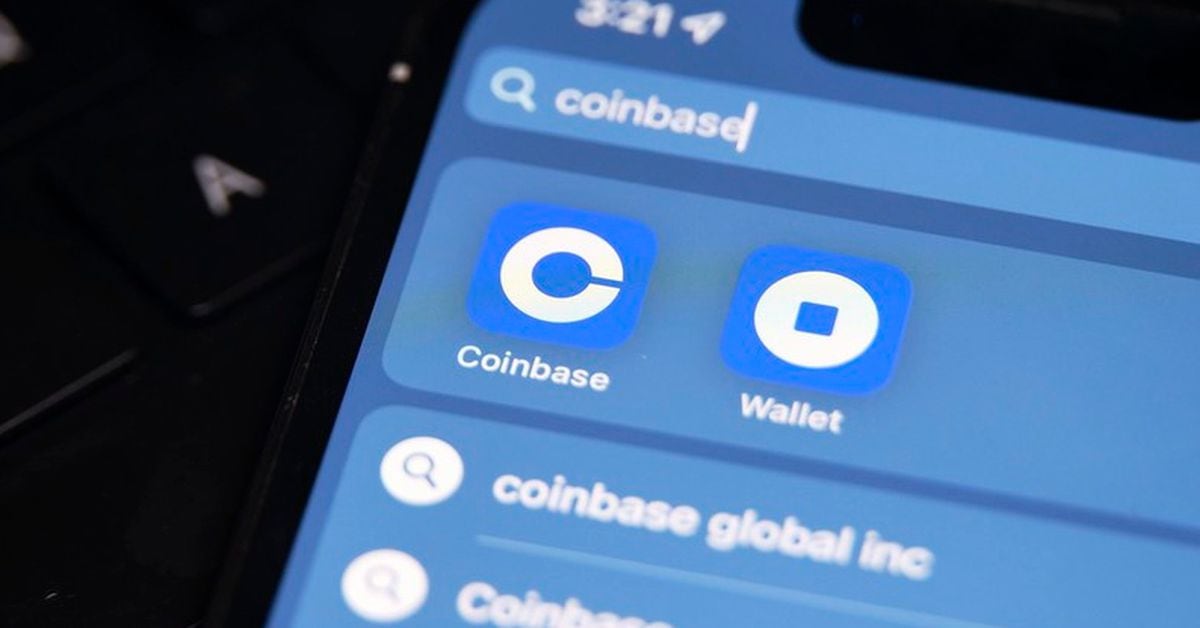

Spanish telecom giant Telefónica is working with a decentralized oracle provider. chain link To prevent SIM swapping.
The two companies plan to create a new tool that blockchain developers can use to protect against hackers who authorize transactions with compromised SIM cards.
Through this partnership, Telefónica will use Chainlink’s connectivity solution, Chainlink Functions, to securely connect the GSMA Open Gateway’s application programmable interface (API). polygon Blockchain network.
GSMA Open Gateway is an API framework that allows developers to access the networks of mobile carriers that are members of the Global System for Mobile Communications (GSMA).
The first implementation uses Chainlink functionality in conjunction with GSMA’s open gateway SIM SWAP API to provide additional security for blockchain transactions, allowing smart contracts to query whether a device’s SIM card has been tampered with.
What this ultimately means is that if the smart contract receives a response from the API indicating that the SIM has been replaced, it will refuse to process the transaction.
According to the announcement, the implementation will also “mitigate risks beyond transaction security” through two-factor authentication (2FA) and fraud detection for Web3 dApps and DeFi services.
The move positions Telefónica as a “Web3 enabler,” Yaiza Rubio, the company’s chief metaverse officer, said in a press release. Chainlink Lab’s Chief Business Officer added that the collaboration “expands how the industry-standard Chainlink platform underpins security across the blockchain ecosystem.”
What is SIM swap?
SIM swapping is a form of social engineering hacking in which a scammer uses the victim’s phone number to persuade their mobile service provider to activate a SIM card they own, effectively handing over control of that phone number to the scammer. The hijacked number can then be used to bypass text message-based 2FA and take control of the user’s online accounts.
This technique is primarily used to access bank and cryptocurrency exchange accounts, but has also been used to hijack social media accounts of high-profile individuals and organizations.
Last year, Ethereum co-founder Vitalik Buterin fell victim to a SIM swap attack in which his Twitter profile was hijacked and used to promote fake NFT giveaways that stole about $700,000 from his followers.
In January, ahead of the much-anticipated approval of a US spot Bitcoin ETF, the Securities and Exchange Commission’s (SEC) Twitter account was ‘compromised’ in a SIM swap attack. A hijacked Twitter account was used to prematurely post fake announcements claiming that multiple Bitcoin ETFs had been approved. bitcoin price While riding a roller coaster.
Regulators said multi-factor authentication has been disabled on Twitter accounts starting in July 2023, contradicting SEC Chairman Gary Gensler’s advisory on identity theft and fraud.
Edited by Stacey Elliott.



